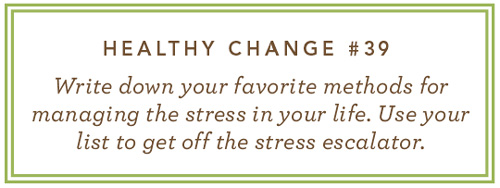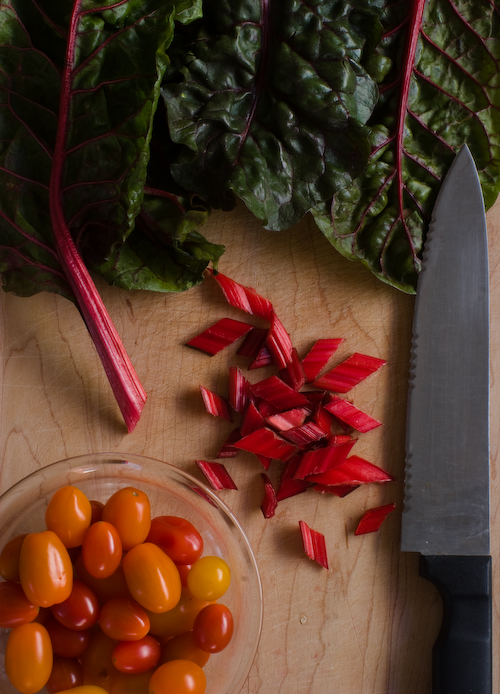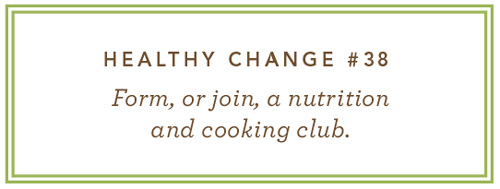Let There Be Light

The quick answer: Last week’s post discussed the importance of getting enough sleep in the dark. Turning the coin over, this week’s post addresses the benefits of sunshine, or getting full spectrum light. It’s about more than just vitamin D.
________________________________________________________________________________________________
Thank You
First, my profound thanks for many kind comments left on the birthday post my daughter snuck into this blog. (It set a record for the most comments.) I’m deeply moved by your generosity. I don’t usually get so much attention on birthdays, but this birthday did have a zero in it.
Second, in response I should acknowledge an unexpected effect from this blog—affection for women I’ve never met. I admire the many ways you seek to better care for your family; your instinct for building consensus rather than arguing over differences; the way you seek to make the world better; and the kindness you show to each other. You are a shining light upon a hill.
Sunshine
We discussed the health benefits of sunshine in a prior post on vitamin D. We’re getting less sunlight now; the daylight hours have been shrinking since the summer solstice, and the sun has been sinking lower in the sky, thus less intense sunlight. If you live in the southern latitudes of the U.S. this simply means you need a little more time in the sun to maintain your vitamin D. But if you live in the latitudes of Boston, or Seattle, there isn’t enough sunlight to maintain vitamin D and other strategies are needed, like supplements, or a week on the beach, say Costa Rica.
Here’s some light information:
- Sunshine is the source of life—it makes every green thing to grow. We understand the importance of sunshine to plants—but we are just learning the impact on human health.
- There’s a group of latitude-related chronic diseases—as you move away from the equator, sunlight hours decline and these diseases increase.
- The sunshine spectrum is largely invisible to the human eye, we “see” less than 1% of the radiant energy coming from the sun. The other 99% includes the shorter waves we call ultraviolet, and the longer infrared rays.
- We know that the ultraviolet B rays (UVB) create vitamin D on exposed skin, but there seem to be other benefits not yet understood. This may occur with skin contact, or via the eye retina-pineal gland route.
- My son recently mentioned an example of beneficial light on the skin—a medical start-up uses LED light to treat restless leg syndrome. Light of a certain wavelength, but in the spectrum of sunshine, is thought to improve vascular nitrous oxide, which is beneficial to vascular health and restless leg.
John Ott (1909-2000)
Ott turned a hobby of time-lapse photography into a career, making movies that showed plants growing up in a moment. You have likely seen some of his work, or the technology he developed. In the process Ott learned the importance of full spectrum light on plant health. For example, glass filters out 95% of the UV rays, but plastic only 5%, so plants grew better under plastic than glass. (For this reason, sunlight passing through glass doesn’t generate vitamin D, you have to open the window.)
Filtering sunlight for color, as often happens, also affects plant health. (Think of your sunglasses.) After seeing how plants grew better with full spectrum light, Ott studied the effect of light quality on cell growth, on the health of laboratory animals, and then wondered about the role of full spectrum light on human health. He helped start a new field—photobiology.
The nature of light in modern society is remarkably changed from ancient times. We spend much less time out of doors, and more time indoors under artificial lights. These lights contain just a fragment of the full spectrum. Incandescent bulbs, for instance, provide little UV energy, are deficient in blue light, and produce mostly infrared light, which we experience as heat. Fluorescent lights are more energy efficient as they produce little infrared heat. Energy considerations are driving the spread of compact fluorescent lights as well as LED lighting, which have unknown effects. It’s another experiment and we’re the guinea pigs.
Ott provided a personal example. Progression of arthritis in his hip over several years required that he use a cane, which over time caused pain in the cane elbow. By serendipity he lost his glasses and during the time without glasses, and with exposure to sunlight on a Florida trip, the pain in his elbow, then his hip, gradually disappeared. It helped, Ott found, if he limited his time under intense studio lights (he had a TV program), or other artificial light in favor of natural sunlight. Sunglasses, which restrict the light spectrum, were also avoided. Ott offered the hypothesis that full spectrum light, as opposed to artificial partial spectrum light, affected the body, perhaps through the pineal gland, and was a key factor in his arthritis cure.
Dr. Ott also studied the effect of full spectrum light on cancer tumor growth, and found encouraging results in limited testing. Because he came from outside the academic community, and made claims in a field known for quackery—the cure of cancer—Ott could not get research funding and the study of light for the prevention of disease suffered.
Sunlight and Heart Disease
It’s well established that sunshine is preventative of heart disease. With other risk factors considered, there is less heart disease where the sun shines most. Because vitamin D is made by sunlight, this was presumed to be the difference. Further studies show the benefit to not be fully explained by vitamin D level, in fact taking vitamin D in pill form was shown to make things worse.
One scientist, in a blog post titled “Is The Skin a Solar-Powered Battery for the Heart?” offered one theory of how sunshine helps the heart. When sunshine strikes the skin, vitamin D is produced from subdermal cholesterol. This vitamin D can then become sulfated, combined with sulfur, which makes it water-soluble, and easily delivered by the blood to the body. The author notes that the elements of this process have been reduced by our avoidance of dietary cholesterol, the avoidance of sunshine, and the reduction of animal products (meat, eggs, etc.) rich in sulfur.
The science is incomplete, but if I suffered a latitude-related disease, like joint pain or heart disease, I think I would turn to the source of life, the sun, and get a healthy amount of full spectrum light.
Full Spectrum Light
There are two ways to get full-spectrum light if you must be indoors: 1) convert a window where you spend lots of time from glass to plastic for daytime light, and 2) for night time, buy some full spectrum incandescent or fluorescent light bulbs. I just ordered some at Amazon.com. I’ll let you know if I can tell any difference.
A deep thought: The last two blogs turn us to the light condition present at the Creation: The greater light that ruled the day, and the lesser light that ruled the night. Which brings to mind the encomium that followed, "And it was good." There may have been more wisdom in these words that we have appreciated.
Depression—Before Trying Drugs
There’s a connection between full spectrum light and depression. The depression spectrum ranges from wintertime blues (seasonal affective disorder, or SAD) to disabling clinical depression. In the Vitamin D post noted above, a reader endorsed the book The Depression Cure which recommends these six lifestyle changes before considering the use of drugs:
- Brain food, mainly omega-3 fats, which we discussed here, here and here.
- Being proactive (over-thinking can be paralyzing; taking action is stimulating, as in the 52 Healthy Changes).
- Exercise, the subject of four Healthy Changes.
- Healthy sleep, discussed here.
- Use of full spectrum light, the topic of this blog.
- Social bonds (the blessing of friends). (Should we have a post on friends?)
A study found the use of light boxes (discussed in this N.Y. Times article) to be as effective as Prozac in treating seasonal affective disorder (SAD), a form of depression.
Healthy Change
Please comment on your experience with natural light and health. Or tell what helped you deal with the blues. Do we need a post on the health impact of friends?
Postscript: Recent news from the annual meeting of the American Academy of Ophthalmology (AAO) suggested an eye health benefit to children being outdoors. A meta-analysis of 8 studies involving over 10,000 children four that for each hour spent outdoors there was a 13% decrease in near-sightedness. Thought he mechanism wasn't discussed, it appears that time in full spectrum light is beneficial to vision. IT was also noted that the explosion of video game and computer use by children paralleled a sharp rise in near-sightnedness. So get the kids outdoors to enjoy the daylight and help their eyes.
Need a reminder? Download our Healthy Change reminder card. Print and fold, then place in your kitchen or on your bathroom mirror to help you remember the Healthy Change of the week.
 Monday, October 10, 2011 at 5:15PM | by
Monday, October 10, 2011 at 5:15PM | by  Skip Hellewell |
Skip Hellewell |  8 Comments |
8 Comments |  12 References | | in
12 References | | in  healthy change,
healthy change,  sunlight |
sunlight |  Email Article
Email Article 







